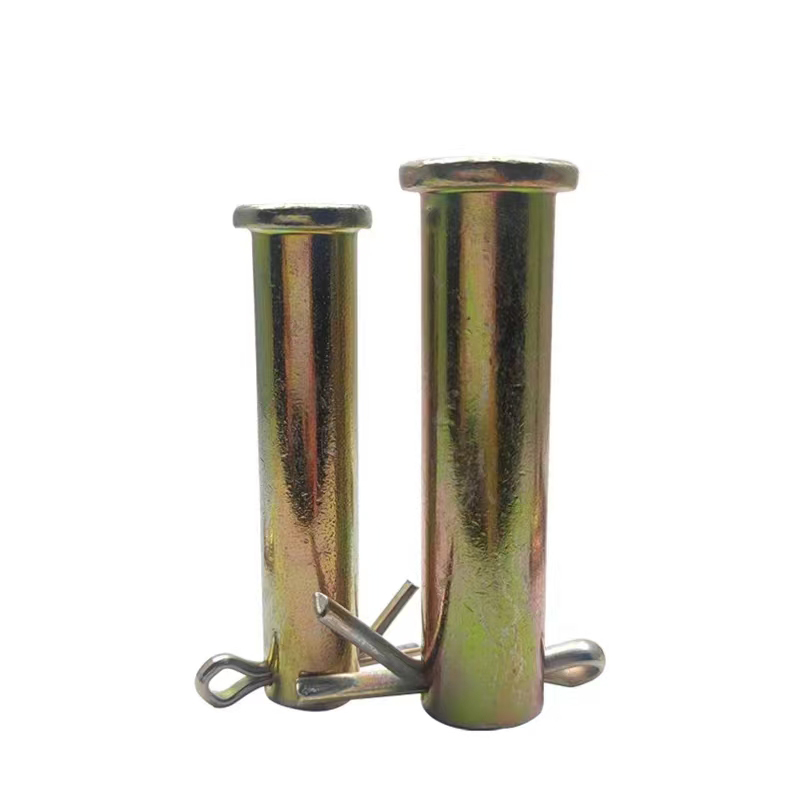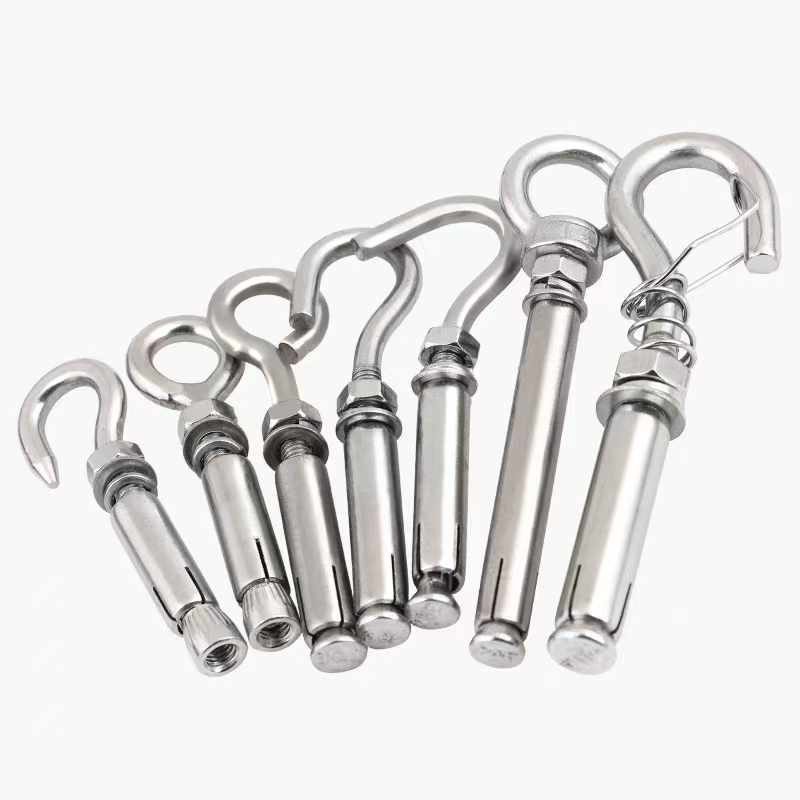- Chinese
- French
- German
- Portuguese
- Spanish
- Russian
- Japanese
- Korean
- Arabic
- Irish
- Greek
- Turkish
- Italian
- Danish
- Romanian
- Indonesian
- Czech
- Afrikaans
- Swedish
- Polish
- Basque
- Catalan
- Esperanto
- Hindi
- Lao
- Albanian
- Amharic
- Armenian
- Azerbaijani
- Belarusian
- Bengali
- Bosnian
- Bulgarian
- Cebuano
- Chichewa
- Corsican
- Croatian
- Dutch
- Estonian
- Filipino
- Finnish
- Frisian
- Galician
- Georgian
- Gujarati
- Haitian
- Hausa
- Hawaiian
- Hebrew
- Hmong
- Hungarian
- Icelandic
- Igbo
- Javanese
- Kannada
- Kazakh
- Khmer
- Kurdish
- Kyrgyz
- Latin
- Latvian
- Lithuanian
- Luxembou..
- Macedonian
- Malagasy
- Malay
- Malayalam
- Maltese
- Maori
- Marathi
- Mongolian
- Burmese
- Nepali
- Norwegian
- Pashto
- Persian
- Punjabi
- Serbian
- Sesotho
- Sinhala
- Slovak
- Slovenian
- Somali
- Samoan
- Scots Gaelic
- Shona
- Sindhi
- Sundanese
- Swahili
- Tajik
- Tamil
- Telugu
- Thai
- Ukrainian
- Urdu
- Uzbek
- Vietnamese
- Welsh
- Xhosa
- Yiddish
- Yoruba
- Zulu
- Kinyarwanda
- Tatar
- Oriya
- Turkmen
- Uyghur

Photovoltaic Series
The Photovoltaic Series: Insight from the Field
Photovoltaic series often get tangled in misunderstandings despite their importance in the solar energy sector. Having navigated this field for years, I’ve encountered both rookie errors and unexpected challenges, which remind me that the devil truly is in the details.
Understanding the Basics of Photovoltaic Series
When people first hear about the Photovoltaic Series, there's often confusion about what it actually entails. It’s not just a line-up of solar panels thrown together. Instead, it’s a deliberate configuration where panels are connected to increase the overall voltage, essential for efficiency and cost-effectiveness in solar systems.
The intricacies of these series can be surprisingly nuanced. For example, a slightly off-alignment or mismatch in panel output can significantly impact efficiency. It’s details like this that often catch new installers off guard. Once, a minor spec oversight cost us two whole days redesigning a setup—crucial time lost under high-stakes deadlines.
I’ve often compared successful series connections to a well-rehearsed orchestra. Every panel is a musician, playing its part flawlessly to create harmony. The quality and compatibility of components cannot be overstated—and that’s where manufacturing expertise becomes indispensable. Even companies like Handan Zitai Fastener Manufacturing Co., Ltd. play a role, providing reliable components that withstand harsh conditions.
Challenges in Photovoltaic Integration
Integration challenges abound, certainly more than I initially anticipated. Although conceptually straightforward, implementing these systems in real-world conditions—especially for larger projects—introduces variables that aren’t always considered during the planning phase.
Weather alone can throw a wrench into the works. In regions with unpredictable weather, maintaining consistent energy output is no small feat. Energy forecasts only go so far. Each weather-related hiccup necessitates vigilance and sometimes, system recalibration.
Another situation I faced was during an installation in a particularly rugged area where the terrain made series connections tricky. It taught me the value of customizing connections to suit the environment rather than insisting on textbook solutions, which sometimes means deviating from the manufacturer’s guidelines.
Real-World Application of Photovoltaic Series
I’ve noticed an increasing interest from industries looking to minimize their carbon footprint, and they often inquire about photovoltaic series for their reliability and efficiency. As Chinese manufacturing continues to grow, the demand for high-quality components from leaders like Handan Zitai Fastener Manufacturing Co., Ltd. also rises. Their strategic location near key transport links—like the Beijing-Guangzhou Railway—ensures prompt availability of parts, critical for large installations.
One project stands out—a large-scale implementation for a factory aiming for self-sufficiency in energy. The complexity and scope were intimidating at first. However, leveraging local resources and partnerships with firms like Zitai allowed for a smooth transition from dependency to autonomy.
During this project, I observed firsthand the importance of component durability and accessibility. Fasteners and other seemingly mundane components often fly under the radar but are pivotal in maintaining the integrity of the photovoltaic series over time.
Learning from Failed Attempts
Every setback is a lesson disguised in challenge, and our industry isn’t immune to this truth. Overly aggressive timelines have sometimes pushed us towards hasty decisions, leading to systems that didn’t quite meet expectations. But failure can often illuminate the path to better practices.
There was a time when a rushed order led to reliance on subpar materials. The repercussions—including intermittent system failures—underscored the necessity of using quality components. This lesson reinforced my commitment to working with reputable suppliers and highlighted the role companies like Zitai play.
Ensuring components meet required standards is non-negotiable. High-stakes installations depend on it. This is why an understanding of supply chain logistics and establishing a trust-based relationship with suppliers is as important as the technical know-how.
The Role of Innovation in Photovoltaic Development
Innovation in photovoltaic technologies is constantly reshaping the field. Keeping up with advancements is a journey in itself, where every new technology demands a recalibration of old knowledge and assumptions.
Energy storage systems, for instance, are evolving alongside Photovoltaic Series technologies. Integrating these with existing series setups has challenged us to rethink energy management strategies. As more industries shift towards green energy, the evolution in both local and worldwide contexts is noticeable.
Stepping into the future, the role of partnerships—like those with Handan Zitai Fastener Manufacturing Co., Ltd.—can't be overstated. Their adaptability and commitment to quality make them indispensable in navigating this ever-evolving landscape. The culmination of these factors points to a green, sustainable horizon where the photovoltaic series plays a crucial role.
Related products
Related products
Best selling products
Best selling products-
 Colored zinc flange bolts
Colored zinc flange bolts -
 Electroplated galvanized gaskets
Electroplated galvanized gaskets -
 Electroplated zinc flange bolts
Electroplated zinc flange bolts -
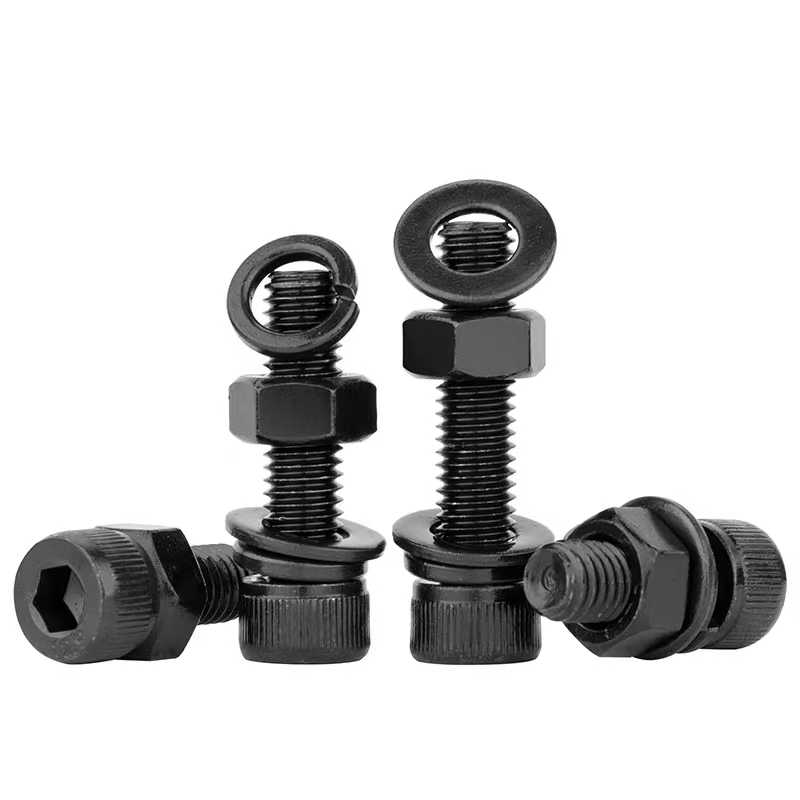 Hexagon socket black zinc-plated bolts
Hexagon socket black zinc-plated bolts -
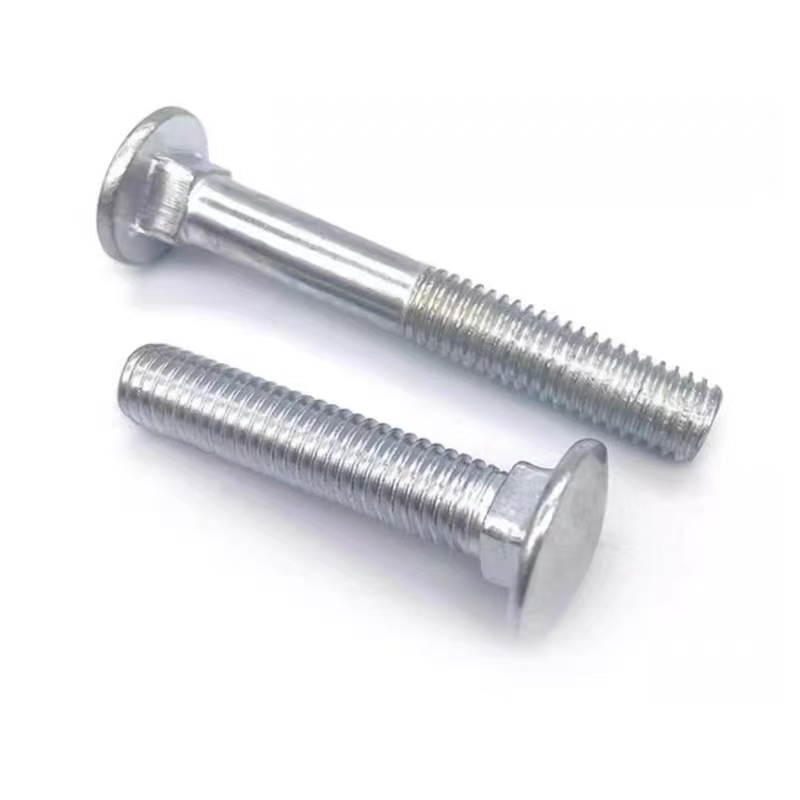 Carriage bolt (half-round head square neck bolt)
Carriage bolt (half-round head square neck bolt) -
 Colored galvanized hexagonal drill tail wire
Colored galvanized hexagonal drill tail wire -
 Black zinc plated countersunk cross bolts
Black zinc plated countersunk cross bolts -
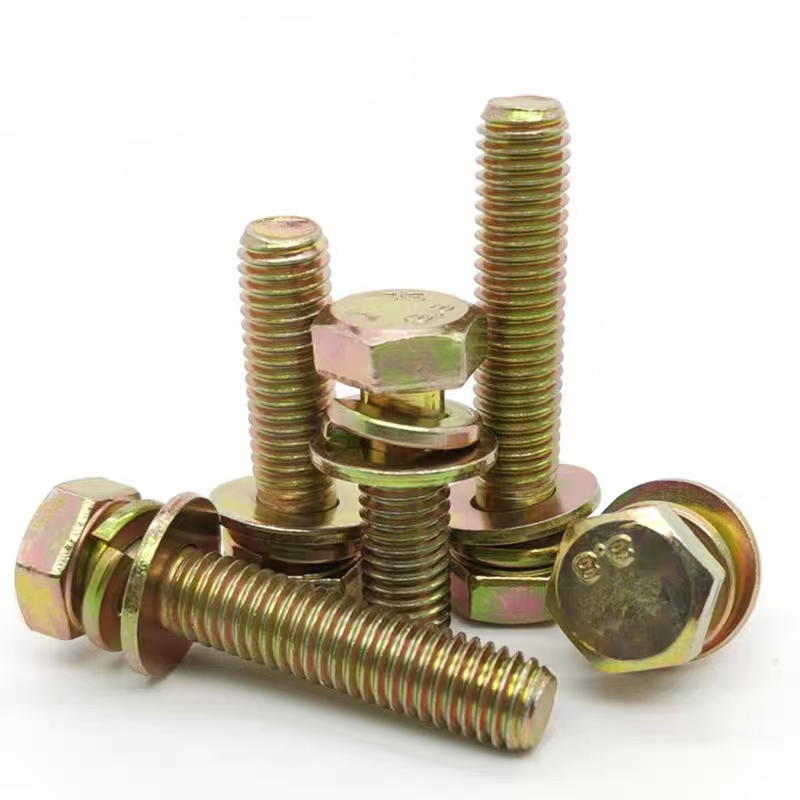 Colored zinc plated hexagonal bolts
Colored zinc plated hexagonal bolts -
 Stud bolts
Stud bolts -
 Black zinc plated hinge bolts
Black zinc plated hinge bolts -
 Colored zinc-plated cross countersunk drill thread
Colored zinc-plated cross countersunk drill thread -
 Hot-dip galvanized chemical bolts
Hot-dip galvanized chemical bolts




